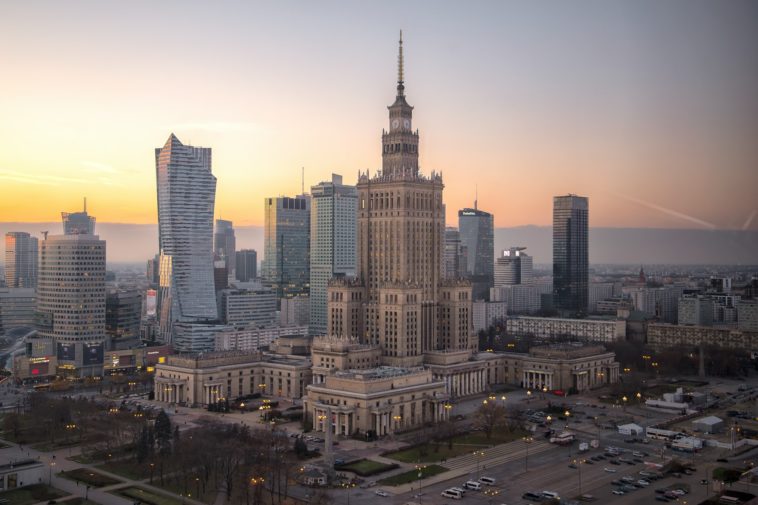Warsaw, often referred to in its native language as “Warszawa,” stands proudly as the capital of Poland. It’s not just a political center, but also the heart of the nation’s cultural, economic, and academic life. As the largest city in Poland, its influence permeates throughout the country and even beyond its borders.
Geographically, Warsaw is uniquely positioned. Nestled along the banks of the Vistula River, it serves as a crucial hub for transportation and commerce. The Vistula, Poland’s longest river, has historically been an essential artery for trade and communication, which played a role in Warsaw’s growth and development.
When we talk about its location, one can’t overlook its proximity to two significant geographical landmarks: the Baltic Sea to the north and the Carpathian Mountains to the south. Specifically, the city is situated approximately 260 kilometres away from the pristine shores of the Baltic Sea, a crucial water body for regional trade and maritime activities. On the other hand, roughly 300 kilometres separate Warsaw from the majestic Carpathian Mountains, a range known for its biodiversity and scenic beauty.
Taking a look at its population metrics, the numbers themselves tell a tale of a sprawling urban expanse. As of recent estimates, the city proper boasts about 1,708,491 inhabitants. However, when you consider the broader metropolitan area, this number jumps to an impressive 2,666,278 residents. These figures aren’t just national records; they place Warsaw on a continental scale. Specifically, in the grand tapestry of cities in the European Union, Warsaw emerges as the 9th most populous city proper, highlighting its significance in European affairs.
Beyond these numbers, Warsaw’s rich history is intertwined with stories of resilience, especially during World War II when it faced considerable devastation. Yet, like a phoenix, the city has risen from its ashes, restoring much of its historical architecture and embracing modernity, making it a blend of the old and the new.
Culturally, Warsaw is a powerhouse. Home to numerous theaters, museums, and galleries, it’s a haven for artists and art aficionados alike. Institutions like the Royal Castle and Wilanów Palace showcase the city’s historical grandeur, while the Warsaw Uprising Museum and POLIN Museum of the History of Polish Jews bear testament to its somber past and the indomitable spirit of its people.
In the realm of academics, Warsaw’s universities and institutions are renowned, attracting students from all corners of the world. The University of Warsaw and Warsaw University of Technology are just two examples of educational establishments that have cemented the city’s reputation as a center for higher learning in Eastern Europe.
Economically, Warsaw stands tall as Poland’s financial hub. Its skyline, dotted with skyscrapers, hosts numerous multinational corporations, banks, and financial institutions, underscoring its pivotal role in the country’s and the region’s economic landscape.
In summary, Warsaw, or Warszawa as locals fondly call it, is not just a city; it’s a symbol of Poland’s enduring spirit, historical richness, and its promising future. Whether one is drawn to its cultural treasures, its academic prowess, or its economic vitality, Warsaw beckons as a city that holds a special place in the heart of Europe.





